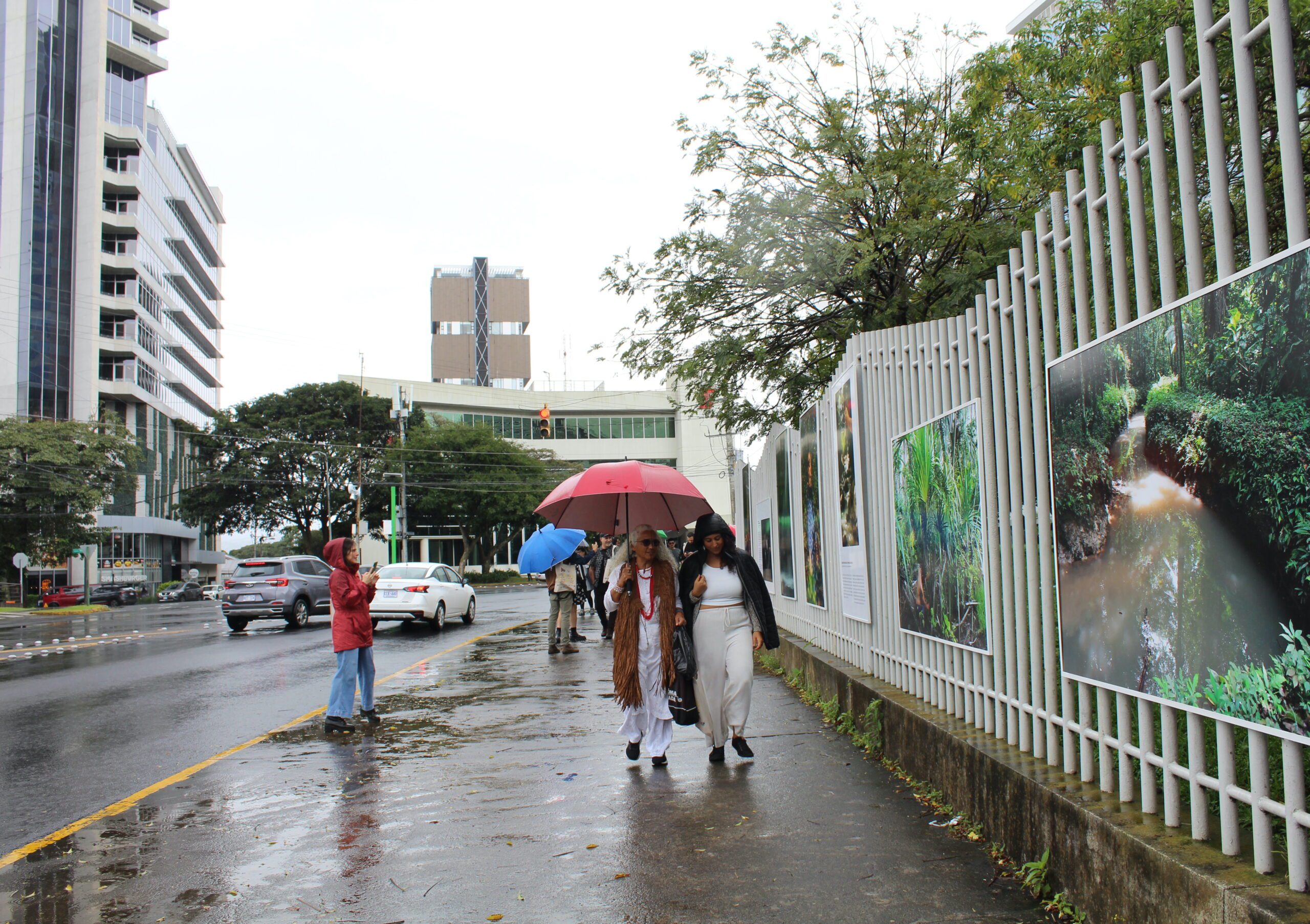A Thirsty Capital: San José’s Water Crisis Deepens
At a recent press conference, the Costa Rican Institute of Aqueducts and Sewers (AyA) delivered a stark warning: due to severe drought conditions exacerbated by the El Niño phenomenon, the agency can no longer guarantee constant water supply across the nation, especially in the densely populated Greater Metropolitan Area of San José. The capital, home to nearly half of Costa Rica’s population, faces an unprecedented challenge as water flow from surface sources plummets by up to 85%.
Programmed Cuts and Parched Neighborhoods
Residents of San José are experiencing rotating water cuts, with some neighborhoods left dry for days on end. This disruption comes as a harsh reality for many, disrupting daily life and raising health and sanitation concerns. The water scarcity has reached a critical point where AyA has admitted its inability to ensure 24/7 water availability, marking a significant escalation in the country’s perennial battle with dry season woes.
Rainfall Relief Delayed
While the National Meteorological Institute anticipates the onset of the rainy season in early May, AyA officials caution that normal water service might not resume until the end of the month. San José’s water supply, primarily dependent on natural rainfall replenishing the Central Mountain Range, is critically low. This natural imbalance forces the city to confront its vulnerabilities and adapt quickly to diminishing resources.
Emergency Measures and Infrastructure Overhaul
In response to the crisis, AyA has taken drastic measures to manage and supplement the city’s water supply. The agency is now tapping into previously unplanned water sources, including wells and deploying tanker trucks to deliver emergency water supplies to the hardest-hit areas. Additionally, AyA has ramped up its efforts, fast-tracking over 40 infrastructure projects valued at more than half a million dollars. These projects are designed to enhance the water distribution network and ensure that the limited supplies are used as efficiently as possible.
A Call for Sustainable Solutions
This crisis has underscored Costa Rica’s urgent need for sustainable water management strategies. The country’s reliance on seasonal rainfall makes it particularly vulnerable to climate fluctuations and extreme weather events like El Niño. To combat these challenges, Costa Rica must invest in resilient infrastructure that can withstand the stresses of climate change. This includes expanding rainwater harvesting capabilities, enhancing water recycling programs, and promoting water conservation practices among the public.
Long-Term Strategies to Quench a Thirsty Nation
Beyond immediate fixes, Costa Rica needs a comprehensive plan to secure its water future. This involves rethinking water usage in agriculture, industry, and urban planning to adapt to the new realities of climate variability. Education campaigns can play a crucial role in changing public attitudes towards water conservation, making every citizen a stakeholder in the country’s water security.
The Role of Technology and Innovation
Advancements in technology could also provide breakthroughs in how Costa Rica manages its water resources. Smart water management systems that use real-time data to optimize water use and detect leaks could significantly reduce wastage. Moreover, investing in desalination technology, although costly, might become a necessary option as freshwater sources continue to dwindle.
Facing the Future with Resolve
As Costa Rica grapples with this pressing issue, the path forward requires a blend of immediate action, strategic planning, and innovative thinking. The water crisis not only tests the resilience of Costa Rica’s infrastructure and governance but also calls for a collective response from all sectors of society. Ensuring water security for future generations will demand sacrifices and changes in lifestyle but will lead to a more sustainable and water-wise nation.
Source link
admin



